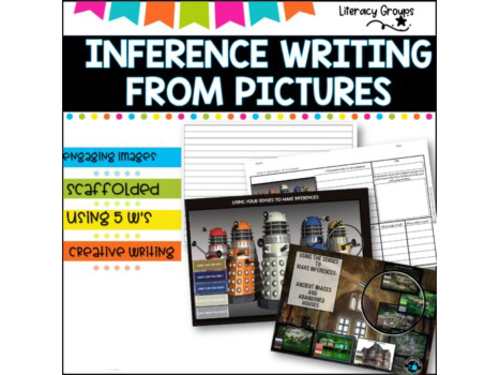




Sensory details include sight, sound, touch, smell, and taste.
Writers employ the five senses to engage a reader’s interest. If you want your writing to jump off the page, then bring your reader into the world you are creating.
When describing a past event, try and remember what you saw, heard, touched, smelled, and tasted, then incorporate that into your writing.
Sensory details are used in any great story, literary or not. Think about your favourite movie or video game. What types of sounds and images are used?
What do your favourite characters taste, smell, and touch?
Without sensory details, stories would fail to come to life.
When sensory details are used, your readers can personally experience whatever you’re trying to describe, reminding them of their own experiences, giving your writing a universal feel. A universal quality is conveyed when the writer can personally connect with the readers.
Another note about sensory details: there is no one sense that’s more important than another. It all depends on the scene you’re trying to create.
However, imagery, the sight sense, is a common feature in vivid writing.
You will receive a zip file containing a PDF and PowerPoint version of this resource.
Each image is presented in
A full page image
A full page image with sensory prompts
Planning Template
Draft writing Template
Lined Paper
Something went wrong, please try again later.
This resource hasn't been reviewed yet
To ensure quality for our reviews, only customers who have purchased this resource can review it
Report this resourceto let us know if it violates our terms and conditions.
Our customer service team will review your report and will be in touch.
